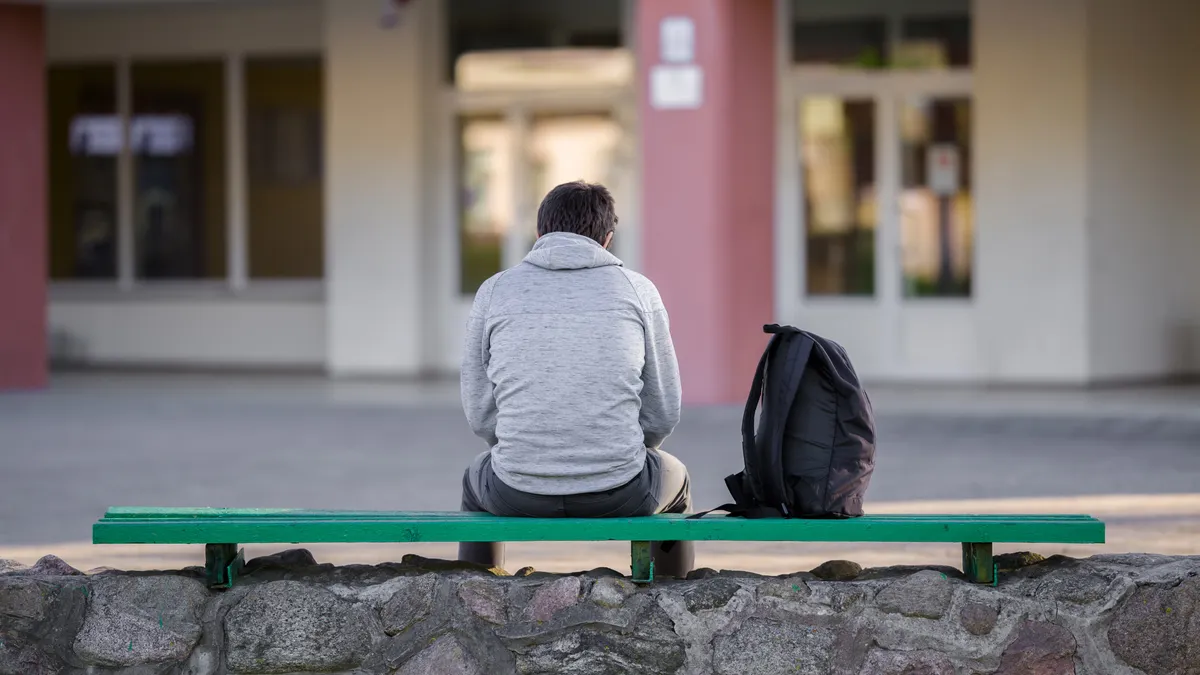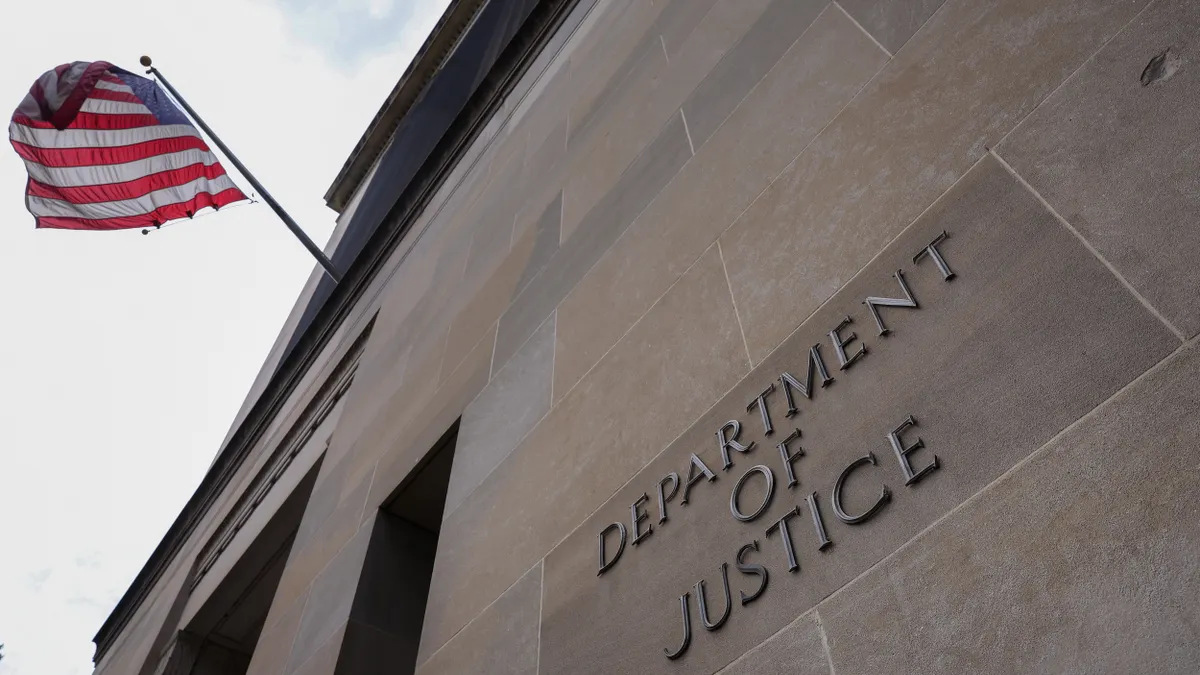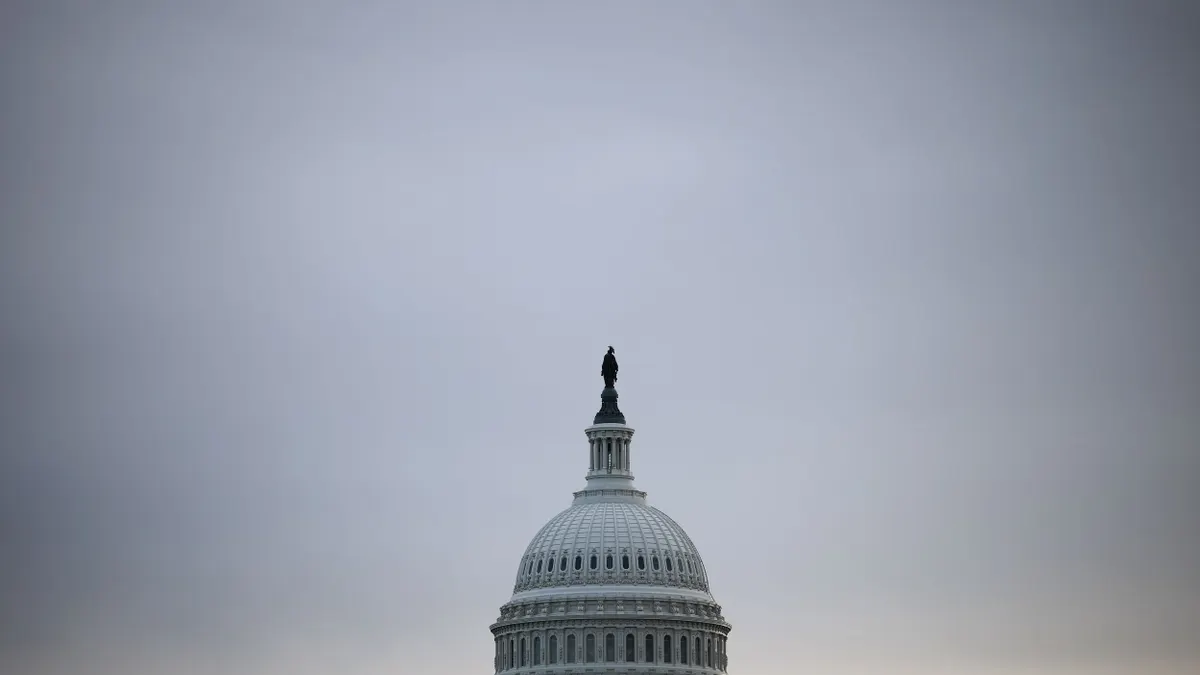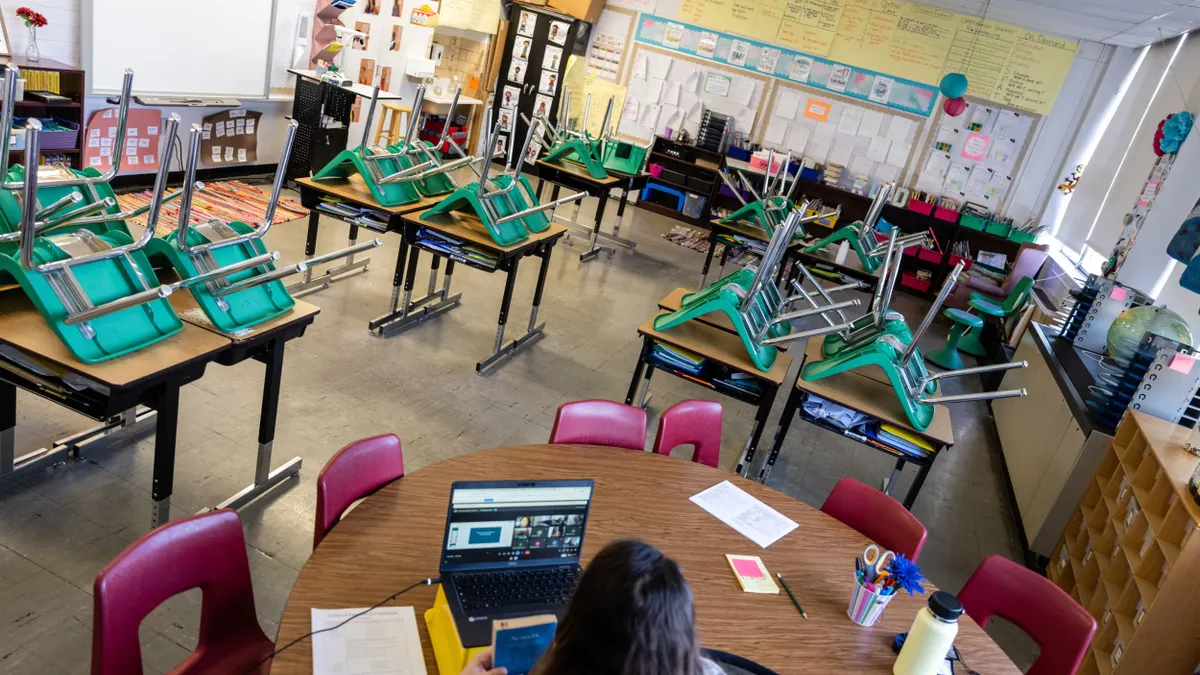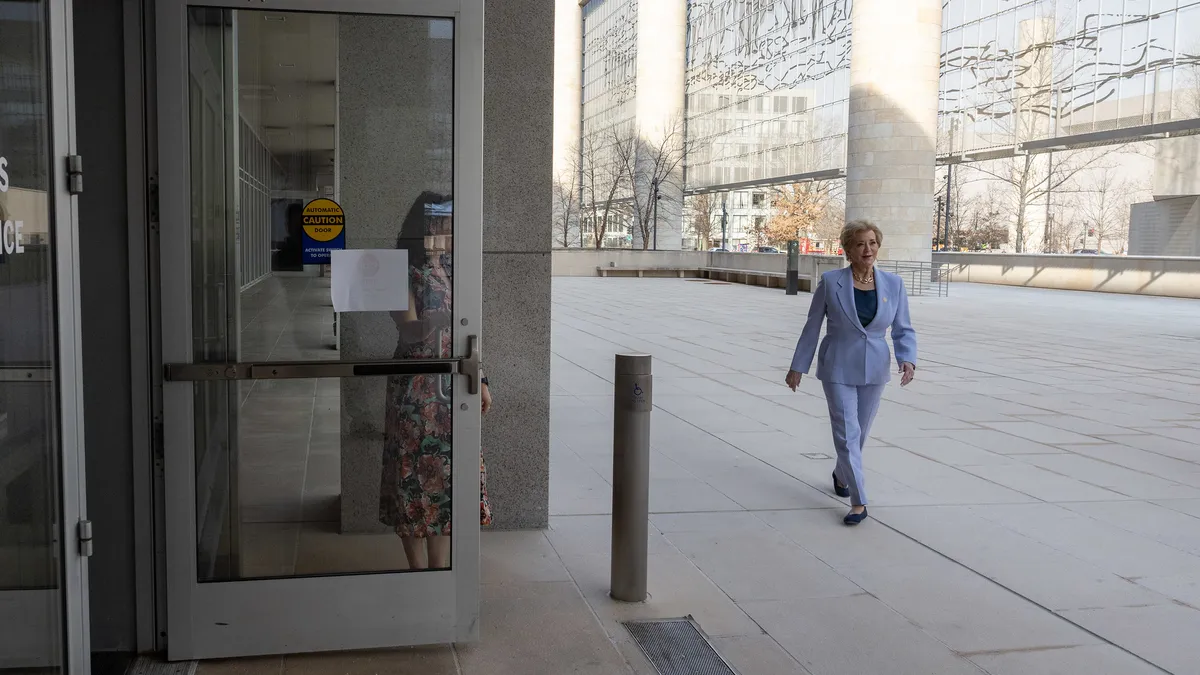In Arkansas, a $7 million program approved last year aims to support students' mental health by restricting their cellphone use and using telehealth to connect more students to mental health providers.
In Texas, a multiyear effort to study student mental and behavioral health yielded a host of recommendations, including putting Medicaid funds toward school-based mental health supports and better tracking of interventions.
And in West Virginia, state education leaders and partnership organizations have amassed a trove of resource documents and built out training to help schools address student mental health challenges.
All three states are working to proactively to respond to the student mental health crisis that worsened due to the COVID-19 pandemic.
All three states are also considering or expected to pass laws allowing schools to implement tougher discipline policies.
Likewise, many states are tweaking their discipline policies at the same time they are putting more resources toward supporting students' mental well-being.
Although school discipline and mental health supports are mostly addressed at the local level, state leadership is critical for setting expectations for accountability and requiring transparency in disciplinary actions, said Richard Welsh, founding director of the School Discipline Lab, a research center that shares information about school discipline.
And states are using a variety of measures from proactively providing mental health supports to loosening restrictions for exclusionary discipline, said Welsh, who is also an associate professor of education and public policy at Vanderbilt University.
Post pandemic, "we did have an uptick in student misbehavior," Welsh said. "But I think what also gets missing in that was we also had an uptick in student and teacher needs."
The COVID factor
Post-COVID, schools have reported a rise in unruly behaviors, including among young students. Some of the behaviors have been violent and have even injured teachers, leading them to turn away from the profession.
Research published by the American Psychological Association last year found an increase in violence against K-12 educators over the past decade. After COVID restrictions ended in 2022, a survey of 11,814 school staff, including teachers and administrators, found that 2% to 56% of respondents reported physical violence at least once during the year, with rates varying by school staff role and aggressor.
Data also shows that student verbal abuse occurring at least once a week on average, doubled from 4.8% in the 2009-10 school year to 9.8% in 2019-20, according to APA.
Students' mental health needs increased during and after the pandemic, according to studies. Additional research showed that teachers, administrators and other school staff lacked resources to properly address students' needs.
Some educators, parents and advocates worry that harsher student discipline policies will undermine evidenced-based practices for decreasing challenging behaviors and keeping students in school. They are also concerned that after several years of expanding positive behavior supports and restorative practices, a focus on stricter discipline policies will disproportionately affect students of color and those with disabilities.
The legislative activity at the state level is occurring at the same time President Donald Trump is calling for "reinstating common sense" to school discipline policies. An April executive order calls for the U.S. Department of Education to issue guidance to districts and states regarding their obligations under Title VI to protect students against racial discrimination in relation to the discipline of students. Title VI of the Civil Rights Act prohibits discrimination based on race, color or national origin in federally funded programs.
The Trump administration has called for the federal government to enact policies that are "colorblind," not favoring one race over others.
The order also directs the Education Department to submit a report by late August on the “status of discriminatory-equity-ideology-based school discipline and behavior modification techniques in American public education.”
Welsh predicts that the executive order will lead to more state activity addressing student behavior and a specific focus on the guidelines for administering punitive discipline.
Some groups are urging caution over stricter discipline policies, concerned that harsher approaches will harm students from marginalized groups. Black boys were disciplined at higher rates than boys of other races during the 2021-22 school year, according to the Civil Rights Data Collection. While Black boys represented 8% of K-12 student enrollment, they accounted for 22% of those receiving one or more out-of-school suspensions, and 21% of those who were expelled.
"Reinstating 'common sense' school discipline policies may have significant adverse effects on Black students, who already face disproportionate disciplinary actions in educational settings," said the Congressional Black Caucus Foundation in an April 23 statement. "By eliminating considerations of racial disparities in discipline, the order risks exacerbating existing inequities."
Welsh said states can address racial disparities in discipline through accountability measures and by not conflating school discipline with school safety. "When that happens, we tend to bring safety reforms as a response to student behavior," he said.
As districts and states consider reforms to school discipline policies, leaders should view school safety and school discipline concerns as distinct issues with overlapping yet separate opportunities for improvement and interventions, said a recent National Education Policy Center report.
This includes investing in supportive measures to behavior management; providing resources to educators and interventions for students; and addressing the causes for students' challenging behaviors and educators’ perceptions and responses to misbehavior, the report said.
State proposals
According to the National Conference of State Legislatures, 97 state bills concerning school discipline and behavioral supports have been introduced so far this year. Of those, 10 have become law as of June 13.
Some of the introduced bills harden discipline policies.
West Virginia's Senate Bill 199, signed by Gov. Patrick Morrisey in April, allows teachers to remove from the classroom students who are threatening or intimidating other students.
“This legislation provides teachers with the tools to regain control of the classroom and ensure safe learning environments for our kids,” Morrisey said in an April 15 statement.
Texas House Bill 6, which is awaiting Gov. Greg Abbott's signature, extends in-school suspensions from a maximum of three days to the length of time administrators deem appropriate, although they would need to evaluate on the 10th day whether to extend the suspension or bring the student back. The legislation also would allow a teacher to remove a student from a classroom who "demonstrates behavior that is unruly, disruptive, or abusive toward the teacher, another adult, or another student."
In Arkansas, HB 1062, known as the Teacher and Student Protection Act, dictates that if a student is removed from a classroom for violent behavior, that student may not re-enter a classroom that has the teacher or student who was the target for the violent behavior. The bill was signed into law in April.
However, a bill that would give teachers authority to remove a disruptive student from a classroom languished in the Montana legislature.
Other states are seeing a mix of legislation, including reforms to encourage discipline data analysis, expand behavior interventions, and provide student protections during discipline or emergency situations.
For example, HB 1248 in Colorado clarifies when physical restraint can be used and the limitations for such actions. That bill was signed into law May 24.
A bill being considered by the Illinois General Assembly, HB 3772, would limit who could determine if a preschooler can be suspended and for how long.
At the same time, a bill to prohibit corporal punishment failed in the Indiana General Assembly, while a bill to allow corporal punishment in schools lost momentum in the West Virginia Legislature, according to NCSL.
There are 23 states that permit corporal punishment in schools, a National Education Association report said last year.


